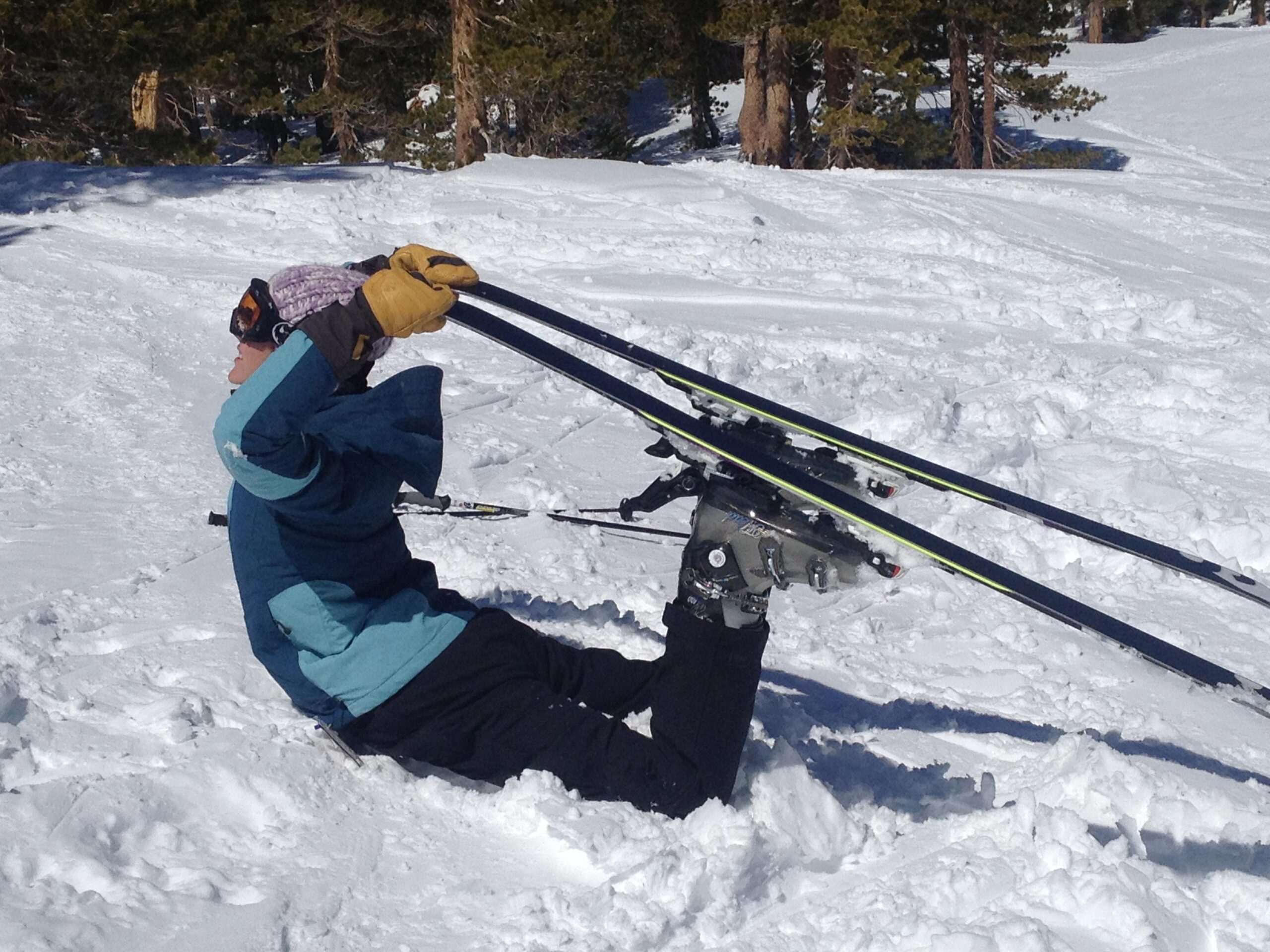What is easy to do, is also easy not to do. Most people know that fitness is important and are eager to strengthen their body for the ski and snowboard season. Meanwhile, recovery and stretching get brushed to the side. The truth is, you need both. What would recovery be without a tough workout? How can you build more muscle for the next workout without adequate recovery?
Injury prevention is a hot topic. Use it as motivation to get people to rest and stretch. Injury takes people away from what they love doing. Knowing when it’s time to rest is tricky and changes for each individual. This is especially challenging when they are out on the mountain having fun! All the more reason to get people in shape for the season. The higher the threshold for fatigue, the more time a snow bunny can spend on the slopes.

Seven recovery options for skiers and boarders:
- Hot tub or bath
- Massage (self, partner or professional)
- Drink plenty of water
- Eat healthy meals
- Foam roll
- Stretch
- Sleep or nap
Stretching – the controversy continues
Is it good? Is it bad? When and how much should you stretch? Every person is unique and their body will respond differently. Active stretching is smart choice because the brain is involved with elongating the muscles through reciprocal inhibition. Active stretching means you contract the antagonist muscle to stretch the muscle that is tight. Gently contract the antagonist as you stretch the tight muscle and hold it for 5-10 seconds. It is work, but has a better chance of providing results. You can also use gentle movements to increase blood flow.
Example: Tight Hamstrings
Antagonists: Quadriceps and Hip Flexors
Example: Tight spinal erectors (right side)
Antagonists: Spinal erectors and obliques (left side)
Now you try. What is a tight muscle in your body that you can stretch using an antagonist? Leave a comment below this post!
Seven stretching movements for skiers and boarders:
- Supine spine twist (lie on back, knees bent and roll them side to side)
- Prone spine twist (lie on stomach, knees bent and roll the legs side to side)
- Cat and dog (on all fours, pelvic tilt and spinal extension/flexion)
- Childs pose
- Shoulder rolls
- Torso rotations
- Ankle rolls
Business Tips:
- Provide a handout with these two lists.
- Give a free talk at your gym to demo various stretches.
- Team up with a masseuse to teach your clients self-massage techniques.
- Write a blog post or newsletter and share with clients, friends and family.



